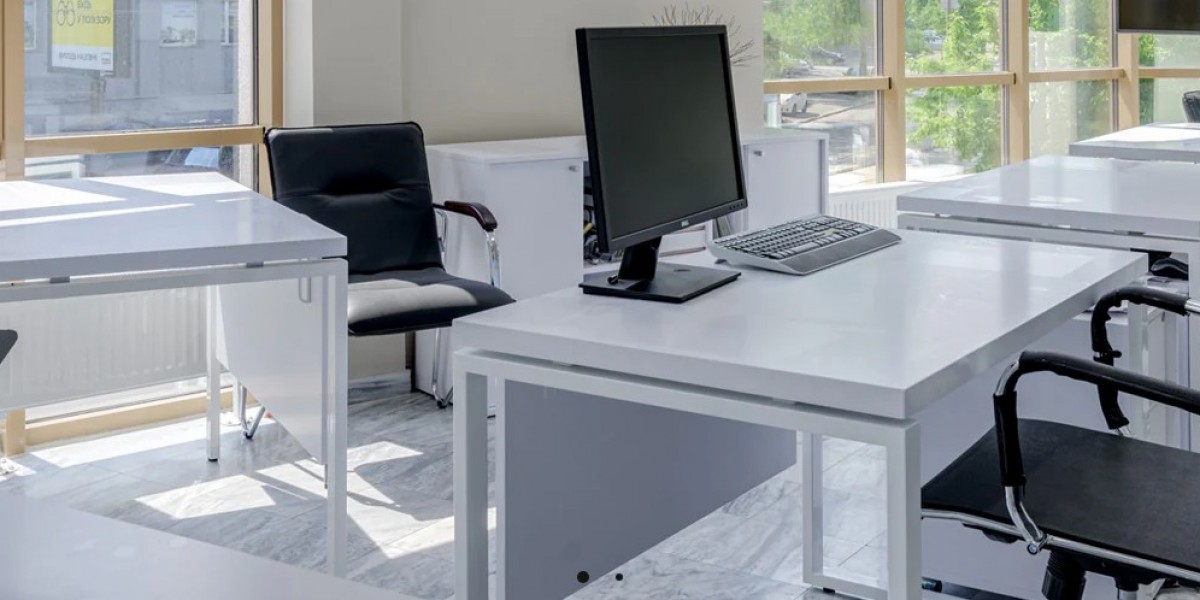Incorporating sustainable choices into your workplace not only benefits the environment but also can improve employee satisfaction and reduce costs. Here are some sustainable choices for creating a greener workplace:
1. Eco-Friendly Office Chairs
- Materials: Choose chairs made from recycled or sustainably sourced materials. Look for options with certifications such as GREENGUARD or Cradle to Cradle.
- Manufacturing: Opt for chairs from manufacturers that follow environmentally responsible production processes and have a commitment to reducing their carbon footprint.
- Longevity: Invest in high-quality, durable chairs that have a longer lifespan, reducing the need for frequent replacements.
2. Energy-Efficient Lighting
- LED Bulbs: Replace traditional incandescent bulbs with LED bulbs, which use less energy and have a longer lifespan.
- Smart Lighting: Implement motion-sensor lighting or automated systems to ensure lights are only on when needed.
- Natural Light: Maximize natural light by using window blinds or shades and arranging workstations to benefit from daylight.
3. Green Office Supplies
- Recycled Products: Use office supplies made from recycled materials, such as paper, pens, and binders.
- Eco-Friendly Printing: Invest in eco-friendly printers and use recycled or biodegradable printer cartridges and paper.
- Digital Alternatives: Reduce paper usage by transitioning to digital documents and communication tools.
4. Sustainable Furniture
- Recycled Materials: Select office furniture made from recycled or sustainable materials like bamboo or reclaimed wood.
- Modular Designs: Choose modular or adjustable furniture that can be reconfigured or repurposed to extend its lifecycle.
- Local Sourcing: Buy furniture from local manufacturers to reduce transportation emissions and support local economies.
5. Energy Conservation
- Energy-Efficient Appliances: Use energy-efficient appliances and office equipment, such as ENERGY STAR-rated computers, printers, and refrigerators.
- Power Management: Implement power-saving settings on electronic devices and encourage employees to turn off equipment when not in use.
- Renewable Energy: Explore options for using renewable energy sources, such as solar or wind power, to offset your offices energy consumption.
6. Green Building Practices
- Sustainable Design: If renovating or building, incorporate sustainable design principles such as energy-efficient windows, insulation, and ventilation systems.
- Green Certifications: Aim for green building certifications like LEED (Leadership in Energy and Environmental Design) to ensure environmentally friendly practices.
- Indoor Plants: Add indoor plants to improve air quality and create a more pleasant working environment.
7. Waste Reduction and Recycling
- Recycling Programs: Set up comprehensive recycling programs for paper, plastic, glass, and electronic waste. Clearly label recycling bins to encourage proper disposal.
- Reduce Single-Use Plastics: Avoid single-use plastics by providing reusable dishes, utensils, and water bottles in the office.
- Composting: Implement a composting program for organic waste from the kitchen and cafeteria.
8. Sustainable Transportation
- Public Transit Incentives: Offer incentives or subsidies for employees who use public transportation, carpool, or bike to work.
- Electric Vehicle Charging: Install electric vehicle (EV) charging stations to support employees who drive electric cars.
- Remote Work: Encourage remote work or flexible schedules to reduce commuting and its associated environmental impact.
9. Eco-Friendly Cleaning Products
- Green Cleaning Supplies: Use environmentally friendly cleaning products that are biodegradable and free from harmful chemicals.
- Reduced Waste: Implement cleaning practices that minimize waste, such as using reusable cleaning cloths and mops.
10. Employee Engagement and Education
- Sustainability Training: Provide training and resources to educate employees about sustainable practices and how they can contribute to a greener workplace.
- Green Initiatives: Encourage employee involvement in sustainability initiatives, such as organizing green challenges or volunteer events.
Conclusion
Creating a green workplace involves making conscious choices that reduce environmental impact and promote sustainability. By incorporating eco-friendly office chairs, energy-efficient lighting, sustainable office supplies, and other green practices, you can contribute to a healthier planet while also fostering a positive and responsible workplace culture.







